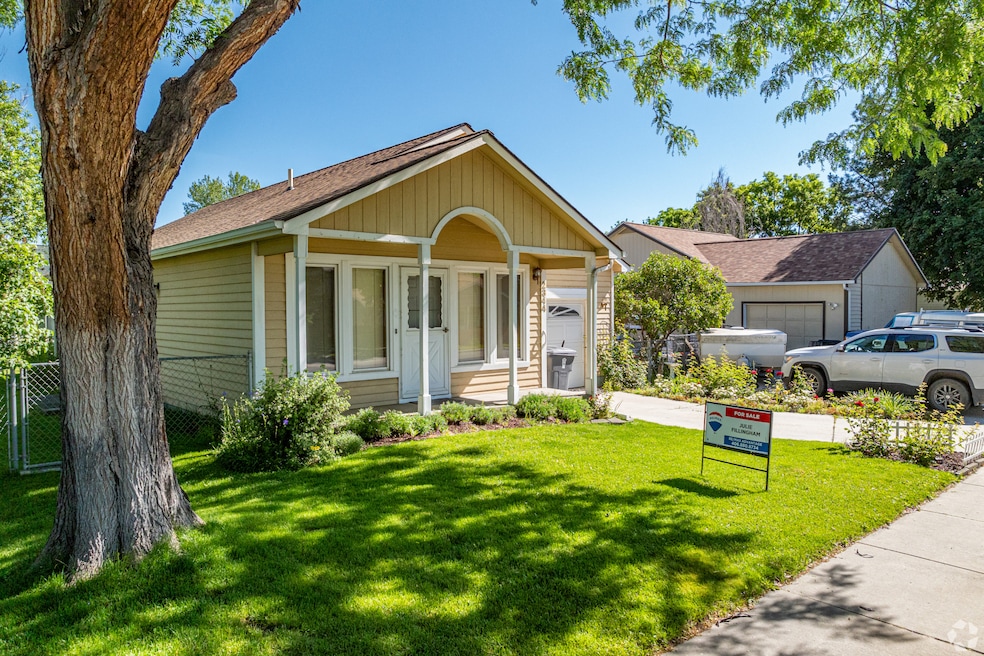State legislators across the country should learn from each other in aiming to reduce the ability of local governments to block new residences through zoning and procedural delays, according to a new research report.
Among the biggest issues preventing new development to address housing shortages nationwide are regulatory overreach of municipalities, lengthy approval processes and too-restrictive building codes, the Mercatus Center at George Mason University said in issuing a menu of ideas for when most legislatures are back in session in 2025.
“Voters are right to expect their elected officials to do something about this persistent problem because it is the result of rules and regulations put in place by earlier generations of officeholders,” Mercatus said in the report.
Montana received special praise in the report for its efforts in the past two years to make a dent in housing shortages. Gov. Greg Gianforte appointed a task force in 2023 that issued recommendations leading to housing legislation that included a streamlined process for developers to subdivide land and make legal statewide the use of accessory dwelling units, small houses tucked behind or attached to single-family homes.
The task force was successful, Mercatus said, partly because it included numerous stakeholders and set a tight deadline for publishing action suggestions. Lawmakers in areas around the country have focused on ways to reduce high housing costs, including proposals that affect multifamily development.
Other states the report highlighted were Colorado, for mandating this year that cities allow more multifamily units near transit stations and major bus corridors, and Arizona for making it easier to convert commercial properties to residential and to build small multifamily structures in cities with at least 75,000 residents.
Authority changes
Cities, towns and counties have been able to impose layers of restrictions on what developers can build because states delegate to them the power to control zoning. Now, states need to claw back some of that authority, Mercatus said.
California started trying to make it easier to build accessory dwelling units in 1982, but it took until recently for the market for that housing type to take off, according to the report. That’s because even where cities and towns allowed these houses, they often made it difficult to build through owner-occupancy mandates, parking minimums and other rules.
“Policymakers in other states, including Montana, have learned from California’s trial-and-error process and passed standalone bills that address many of the common barriers to" accessory dwelling unit construction, according to Mercatus.
In terms of building codes, the report encouraged states to make it easier to put up manufactured homes and allow single-stair designs for apartment buildings.
A number of states have moved toward allowing single-stair designs, a process Mercatus said could save developers significantly on construction and allow them to build more apartments large enough for families. The authors also call for lower-cost elevators and an end to aesthetics mandates, except in existing historic districts.

